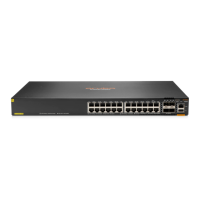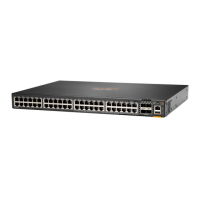41
Usage guidelines
The default target user role is applied to the super or super password command when you do not
specify a user role for the command.
Examples
# Specify network-operator as the default target user role for temporary user role authorization.
<Sysname> system-view
[Sysname] super default role network-operator
Related commands
super
super password
super password
Use super password to set a password for a user role.
Use undo super password to delete the password for a user role.
Syntax
In non-FIPS mode:
super password [ role role-name ] [ { hash | simple } string ]
undo super password [ role role-name ]
In FIPS mode:
super password [ role role-name ]
undo super password [ role role-name ]
Default
No password is set for a user role.
Views
System view
Predefined user roles
network-admin
Parameters
role role-name: Specifies a user role, a case-sensitive string of 1 to 63 characters. The user role
must exist in the system and cannot be security-audit. If you do not specify a user role, the command
sets a password for the default target user role which is set by using the super default role
command.
hash: Specifies a password in hashed form.
simple: Specifies a password in plaintext form. For security purposes, the password specified in
plaintext form will be stored in hashed form.
string: Specifies the password.
• In non-FIPS mode, the plaintext form of the password is a case-sensitive string of 1 to 63
characters. The hashed form of the password is a case-sensitive string of 1 to 110 characters.
• In FIPS mode, the password must be a case-sensitive plaintext string of 15 to 63 characters.
The string must contain four character types including digits, uppercase letters, lowercase
letters, and special characters.

